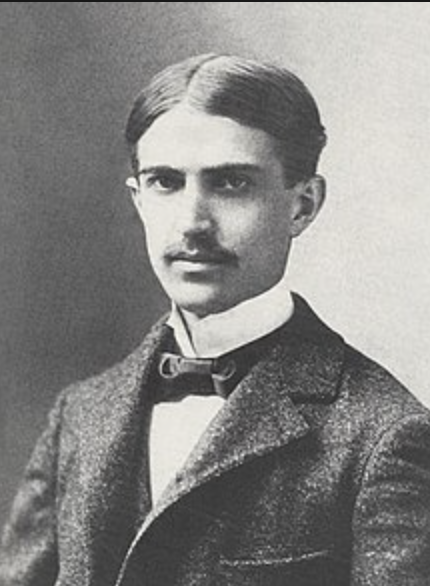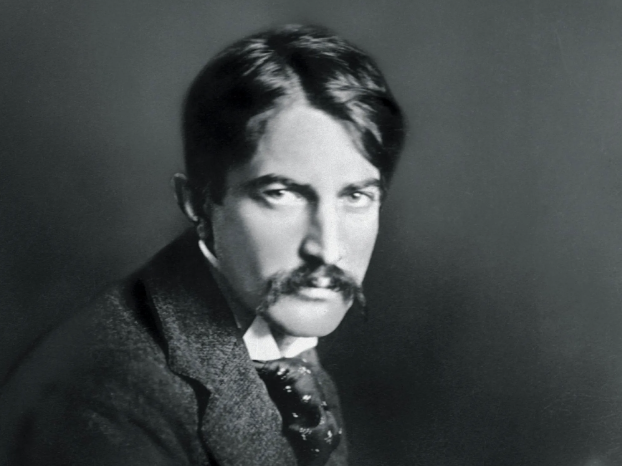We thought we’d start off a very autumnal month like November with an in-depth look at an author read country-wide… oftentimes in the fall school semester for required High School reading! Stephen Crane, the author of The Red Badge of Courage, continues to captivate readers of all ages, all over the country. Published in 1895, this novel doesn’t only have an engrossing (according to my sophomore year lit teacher) narrative, but it truly is an in-depth exploration of human nature, war… and an “American” experience. On this here his birthday, let’s remember what Crane did for American literature!
Before we dive into the The Red Badge of Courage, we should understand the literary movements of the time that helped shape Crane’s writing into what we see today. The late 19th century, when Crane was writing, witnessed both movements of Realism and Naturalism. Both literary trends sought to show life as it truly was… sans the idealization or romanticism of previous movements.

*
Crane’s The Red Badge of Courage uses realism and naturalism to show the raw, gritty reality of war. Through the eyes of Henry Fleming, a young soldier who dreams of glory but is suddenly faced with fear and confusion on the battlefield, Crane paints a pretty vivid picture of the uncertainty, fear and coldness of battle. Crane’s (almost ridiculous – oh, I’m sorry…. meticulous) attention to detail, his extremely vivid descriptions of battle, and his description of the emotional turmoil experienced by the protagonist Henry all contribute to the novel’s realism. For Crane, sugar-coating was simply not allowed!
One of the most striking characteristics of The Red Badge of Courage is Crane’s focus on the inner struggles of its protagonist. Crane goes deep into Henry Fleming’s psyche, offering readers a pretty remarkable ‘character study’. The novel watches the evolution of Henry, as he confronts fear, cowardice, and a desire for forgiveness. We get to see his journey from a self-doubting youth to a more adult, self-assured and introspective individual. During his transition, American high school students all around the country get a more comprehensive understanding of human nature.

*
In the world of American literature, Stephen Crane’s The Red Badge of Courage is considered a masterpiece of realism. Its enduring appeal lies in its (almost) too-descriptive depiction of the psychological and emotional struggles of a young Civil War soldier. Crane’s understanding of an “American experience”, coupled with his decided portrayal of war’s (extremely) harsh realities, truly fixed the novel’s place as an American classic.

